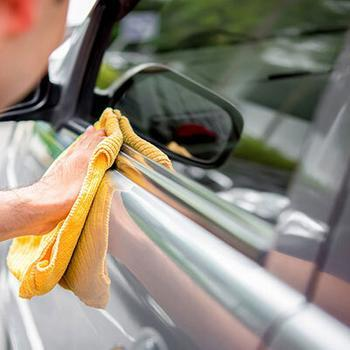How low mileage impacts car insurance
- Progressive Insurance Blog

- 24 ene
- 3 Min. de lectura
Driving a lower-than-average number of miles each year impacts car insurance rates by creating a potentially lower risk profile. The fewer miles you drive, the less likely you are to be involved in an accident. Driving fewer miles also reduces wear and tear on your vehicle, which can lead to fewer mechanical failure-related claims. Insurers often ask how many miles you drive. The more miles you drive, the higher your rate could be. In most states, Progressive only asks how many miles you drive for your work commute.

Is there car insurance for low-mileage drivers?
Some companies offer insurance for low-mileage drivers or drivers who drive less than the average yearly miles. Usage-based insurance, low-mileage insurance and pay-per-mile insurance cater to drivers who don't put a lot of miles on their vehicles each year, as the average number of miles you drive per year can impact your car insurance rate. What you use those miles for — pleasure or commute driving — can also affect your rate. Insurance companies have their own criteria for how mileage affects car insurance rates and the number of miles they consider low.
Pro tip:
Take care to report your car usage and mileage accurately. If you rarely drive your car and don't use it for regular errands or commuting, your insurer may classify the car as being used for "pleasure." This could qualify your car for a lower rate than a daily driver or commuter car would get.
Does car insurance depend on mileage?
Your car insurance premium does not depend solely on mileage, but it's a factor along with others such as:
Age
Your driving record
Insurance/claims history
Type of vehicle
Deductible amount
Coverage selections
These are not all of the factors insurance companies use to determine your rates, and some states use different factors than others.
Does less miles mean cheaper insurance?
Given that the number of miles you drive is just one of the factors determining your car insurance rate, simply driving fewer miles doesn't automatically equate to cheaper car insurance. If you were to participate in a usage-based insurance program (UBI), the telematics measures several things such as:
How hard and how often you apply the brakes
How you take corners
Speed
The time of day you travel, and other factors
You might drive fewer miles, but if you have risky driving habits your rate could increase.
How many miles a year is considered low mileage?
According to KBB, insurers typically offer insurance discounts for low-mileage drivers who log less than 7,000 miles annually. The average American drives 13,476 miles per year, according to the Federal Highway Administration's 2022 report. Low mileage would be somewhat less than the FHA's average, but each insurance company that offers low-mileage auto insurance has its calculation for how many miles equals low mileage.
How to calculate your estimated annual mileage
You can calculate your estimated annual mileage by comparing your car's recent mechanic records or by tracking your mileage for a month and multiplying by 12. Here's how to estimate your annual mileage:
Use mechanic receipts
Check your recent mechanic receipts, compare the mileage documented on two receipts about a year apart, and use the difference as your estimated annual mileage. If you don't have receipts a year apart, divide the difference by the number of months that separate the two receipts and multiply that number by 12 for a yearly average.
Track your monthly mileage
Track your monthly mileage and multiply that number by 12. Depending on your driving habits, this method may not account for extra mileage from vacations and holidays, so the estimate could be low. However, this method can be helpful if your mileage has recently changed (e.g., you've started working from home) and you want to ensure the estimate is closer to your current habits.






Comentários